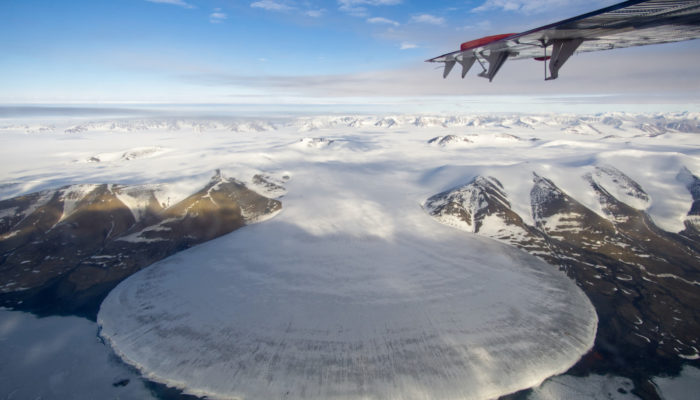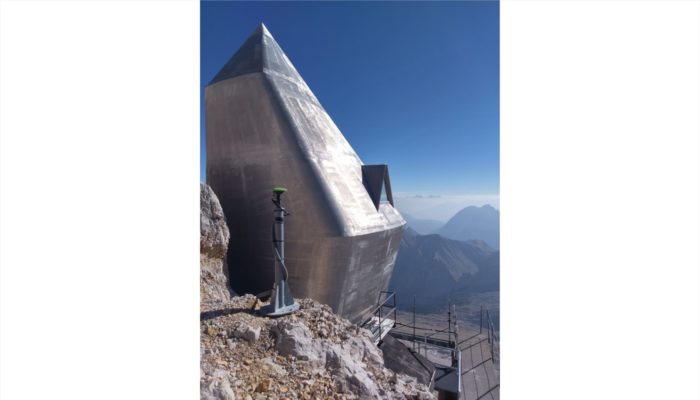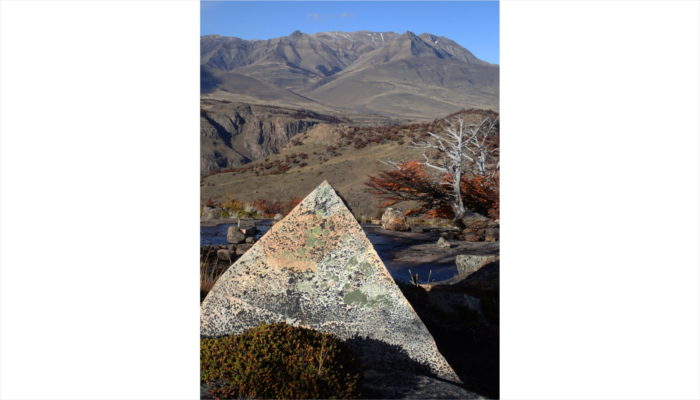“I was told that there will be a piedmont glacier on the way from Station Nord, a Danish military base in northeast Greenland, to our destination in no-man’s-land next to the 79°N Glacier. On half the way, we passed the beautiful Elephant Foot Glacier, named after its symmetric shape originating from the viscous flow of the ice. The glacier is located on a peninsula and connected to a small ...[Read More]
Imaggeo On Monday: Elephant Foot Glacier in Greenland from a Twin Otter perspective




